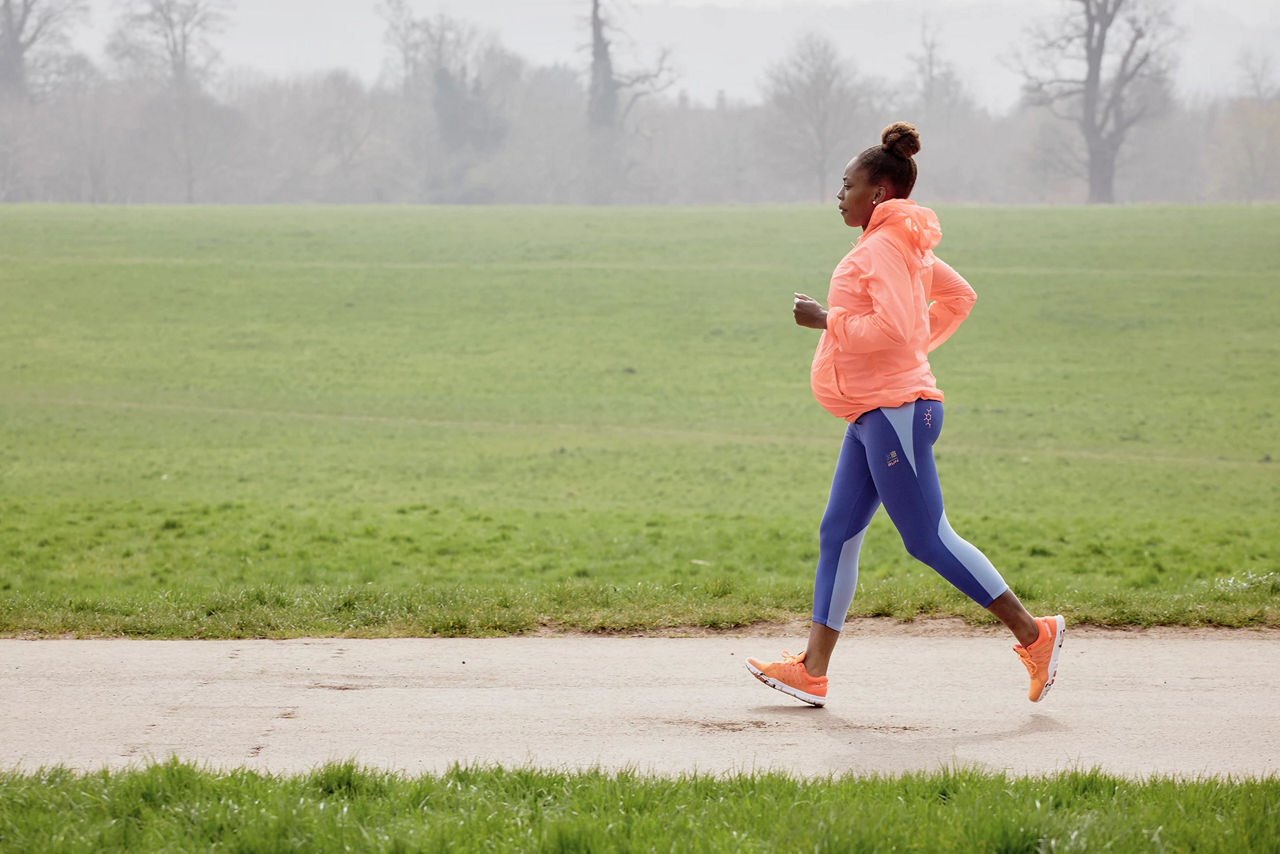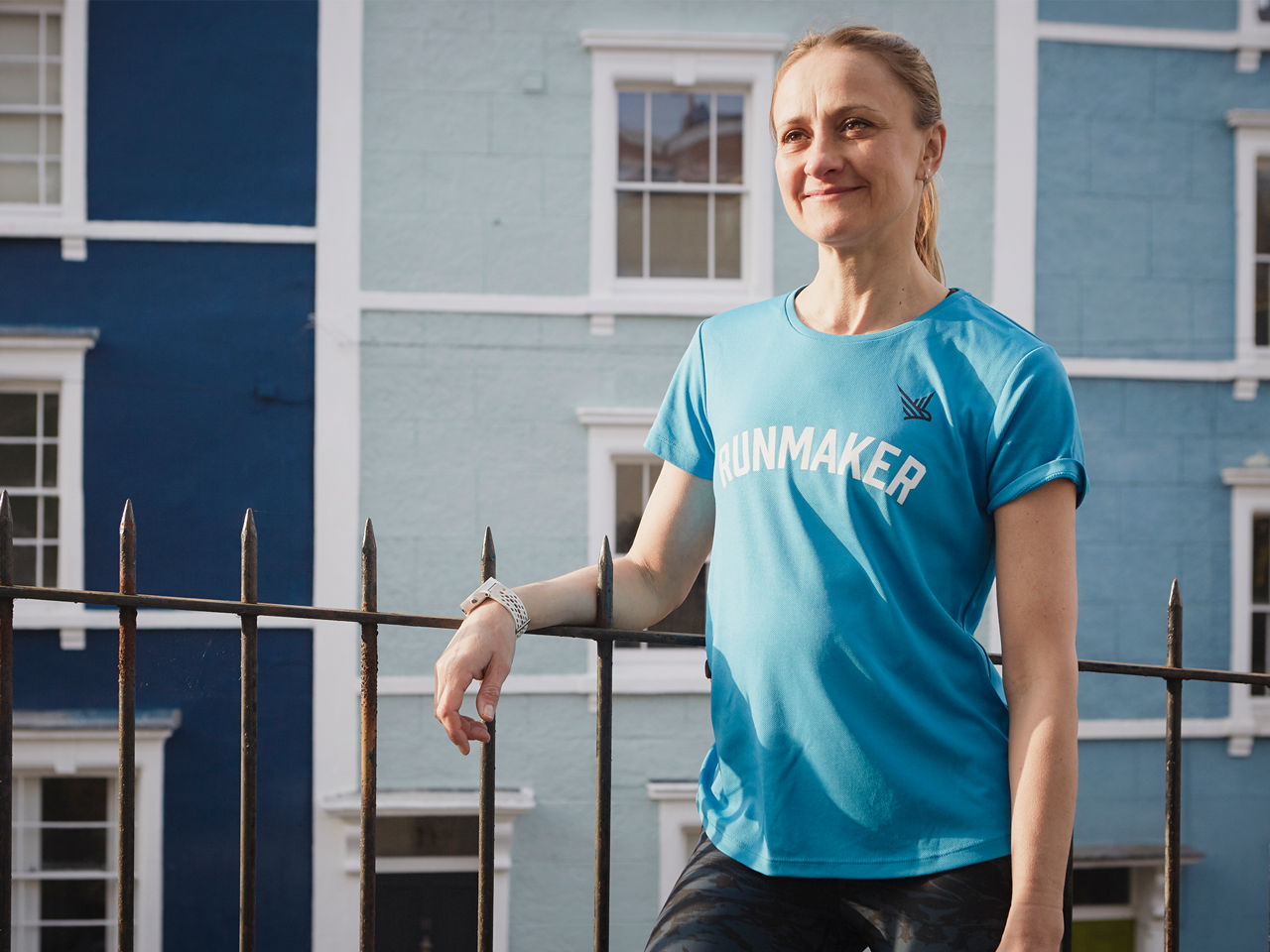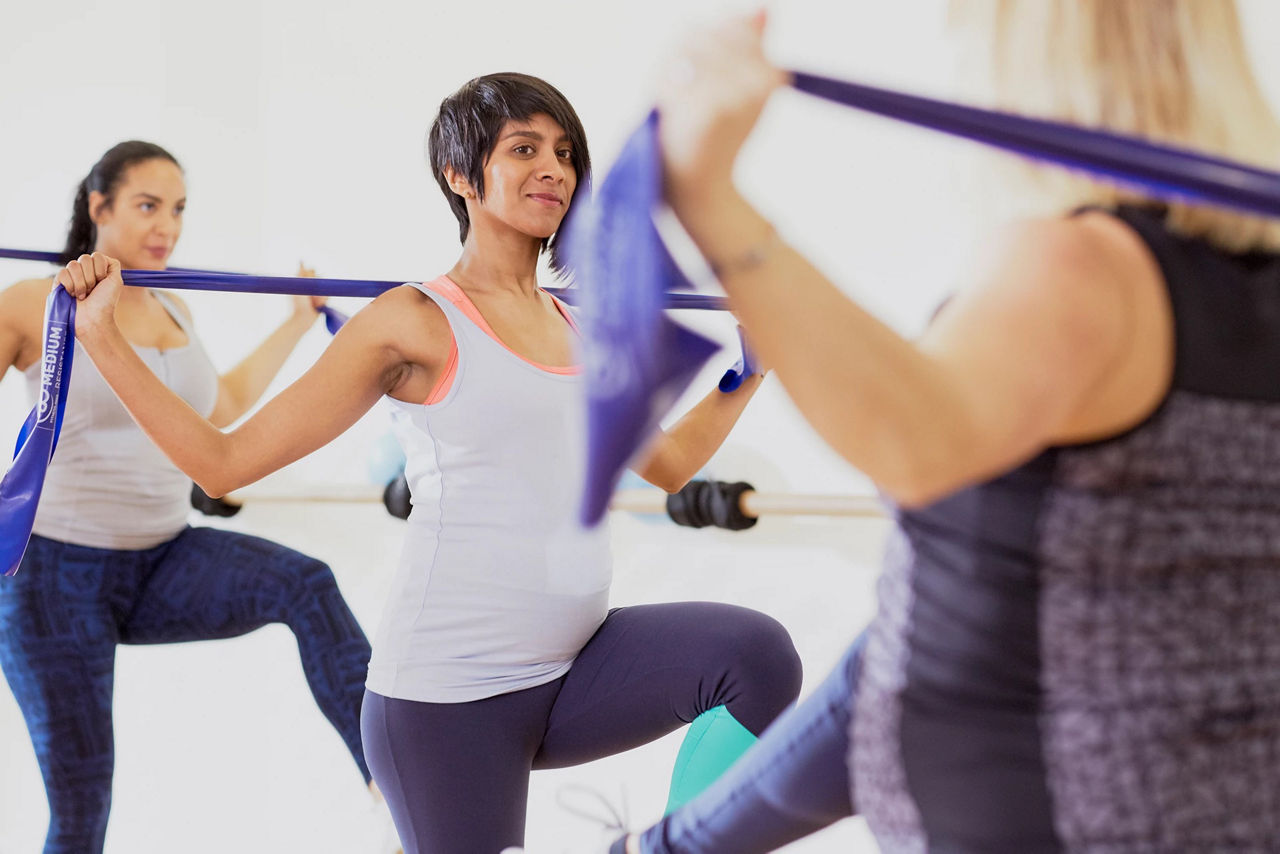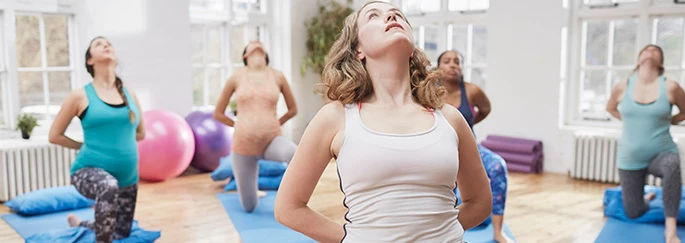The benefits of walking and running during pregnancy
Running or walking during pregnancy can help you maintain a healthy weight and may even help speed up your post-birth recovery time1. Running Coach Mel believes that running and brisk walking also brings mental benefits, giving you the time and headspace to reconnect with your body and process the physical changes that take place during your pregnancy.
However, with the social distancing guidelines that are currently in place as a result of the ongoing Coronavirus pandemic, you may prefer to exercise caution and stick to fitness activities that can be done safely at home, such as pregnancy yoga or strength training exercises.







